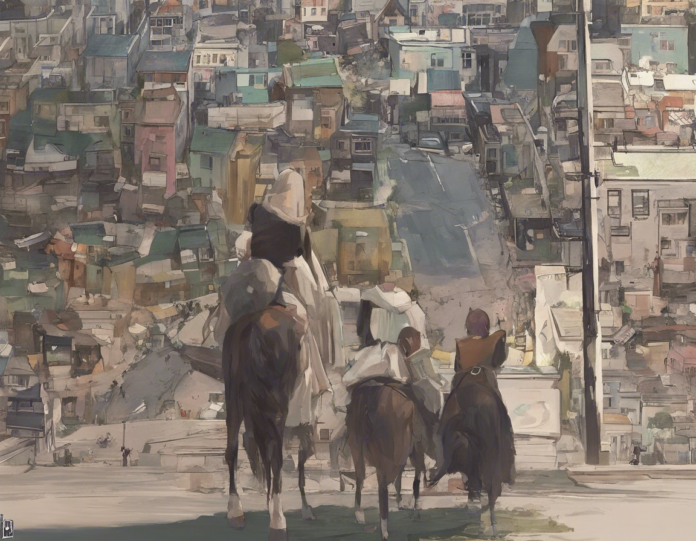Introduction
In the world of photography, capturing the unseen has always been a fascinating endeavor for photographers. Whether it’s freezing a split-second moment in time or revealing the hidden beauty in everyday objects, the art of photography allows us to see the world in a whole new light. In this article, we will explore different techniques and approaches that photographers can use to capture images that are truly unique and extraordinary. From long-exposure photography to macro shots, we will delve into the world of capturing the unseen.
The Power of Long Exposure
One of the most popular techniques used by photographers to capture the unseen is long exposure photography. By using a slow shutter speed, photographers can create stunning images that capture the passage of time in a single frame. Whether it’s capturing the movement of stars in the night sky or blurring the motion of a waterfall, long exposure photography allows us to see the world in a way that is impossible for the naked eye.
Tips for Long Exposure Photography:
- Use a sturdy tripod to keep the camera steady during long exposures.
- Experiment with different shutter speeds to find the perfect balance between motion blur and sharpness.
- Consider using a neutral density filter to reduce the amount of light entering the camera and achieve longer exposures.
- Practice patience and be prepared to take multiple shots to get the perfect image.
The Beauty of Macro Photography
Another way to capture the unseen is through macro photography, which involves taking extreme close-up shots of small objects. By revealing the intricate details and textures that are often overlooked by the naked eye, macro photography allows us to see the world in a whole new perspective. Whether it’s photographing the delicate petals of a flower or the tiny patterns on an insect’s wings, macro photography can create stunning and mesmerizing images.
Tips for Macro Photography:
- Use a dedicated macro lens to achieve the best results.
- Get as close to the subject as possible without losing focus.
- Pay attention to lighting and consider using a ring light or a diffuser to create soft and even light.
- Experiment with different angles and perspectives to create interesting compositions.
Exploring Light Painting
Light painting is a creative technique that involves using handheld lights to paint or draw in the frame during a long exposure. By moving lights around in front of the camera, photographers can create stunning and abstract images that are truly unique. Whether it’s spelling out words with a flashlight or creating intricate patterns with LED lights, light painting offers endless creative possibilities for capturing the unseen.
Tips for Light Painting:
- Use a dark environment to prevent ambient light from affecting the final image.
- Experiment with different light sources, such as flashlights, LED lights, or even sparklers.
- Practice different light painting techniques, such as strobing, swirling, or tracing.
- Be patient and give yourself plenty of time to experiment and create.
Frequently Asked Questions (FAQs)
-
What equipment do I need for long exposure photography?
For long exposure photography, you will need a camera with manual settings, a sturdy tripod, and a remote shutter release to minimize camera shake. -
Is macro photography only for capturing small objects?
While macro photography is commonly used for capturing small subjects, such as insects or flowers, it can also be used to photograph textures, patterns, and details in larger objects. -
How do I achieve sharp focus in macro photography?
To achieve sharp focus in macro photography, use a narrow aperture (such as f/8 or higher), focus manually if necessary, and use a tripod to minimize camera shake. -
Can I use any light source for light painting?
You can use a variety of light sources for light painting, including flashlights, LED lights, glow sticks, sparklers, and even your smartphone’s flashlight. -
Do I need special editing software for long exposure photography?
While you can use basic editing software to enhance your long exposure images, more advanced editing software like Adobe Photoshop or Lightroom can help you fine-tune your images and correct any imperfections.
In conclusion, capturing the unseen through photography offers a unique opportunity to explore the world around us in a new and creative way. By experimenting with different techniques, such as long exposure photography, macro photography, and light painting, photographers can create images that are truly extraordinary and captivating. So grab your camera, venture into the unknown, and capture the beauty that lies beyond the naked eye.

